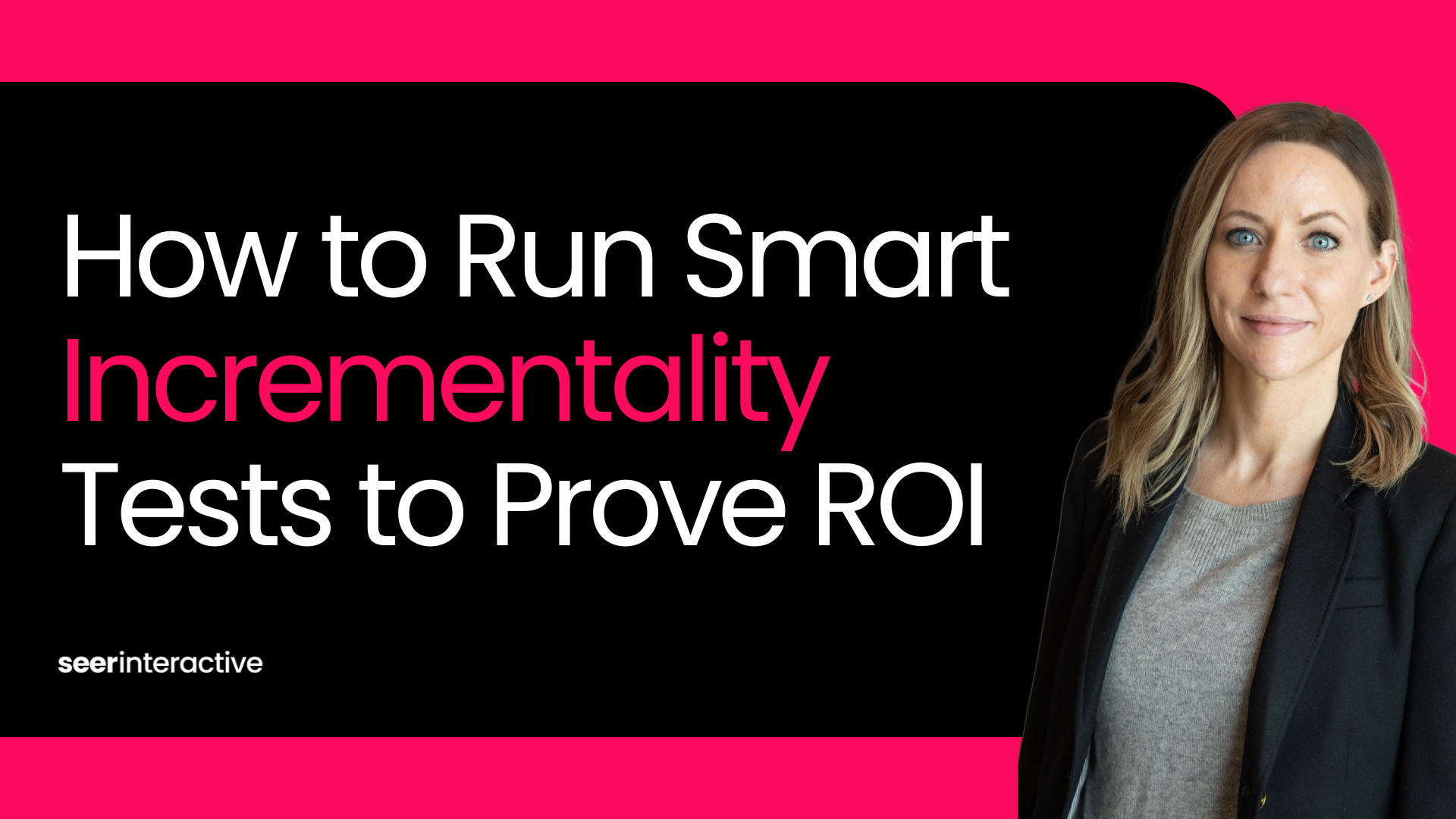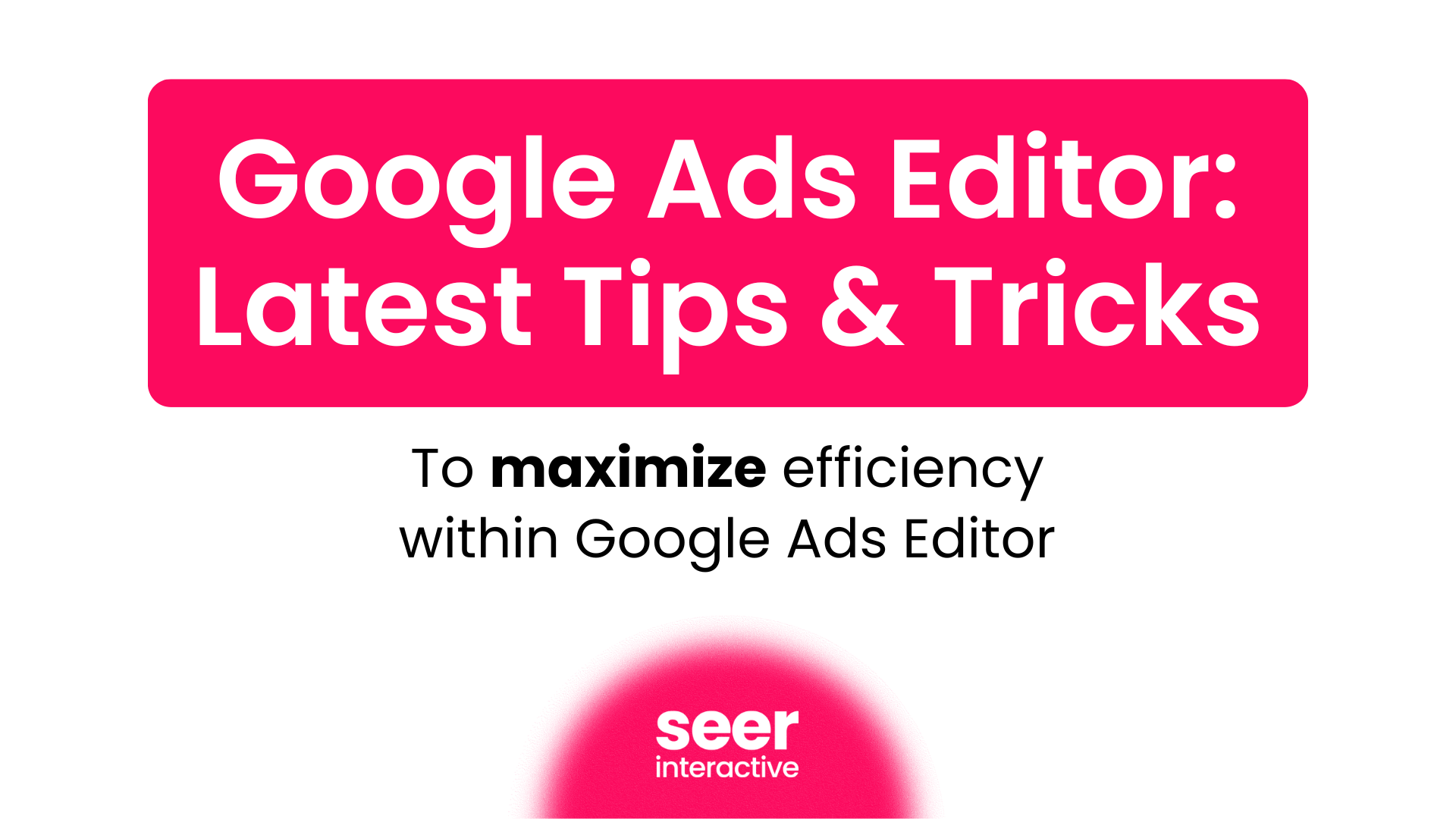Attribution is a constant pain point for any marketer or business owner. Clients often ask, "Where exactly did this click come from?" or "Is this channel really pulling its weight?" The expectation is that we should have all the answers—that every dollar spent can be traced back to a specific click or platform. To complicate matters further, each platform (whether it's Meta, Google Ads, or another) tries to take full credit for the conversion, making it even harder to find a single source of truth.
The reality? You’re never going to get the full picture. No matter how many attribution models, platforms, or tools you use, marketing is a web of interconnected touchpoints, and isolating one variable is nearly impossible. But, just because you can't measure everything doesn’t mean you should disregard it. Here’s what you need to understand—and what to do about it.
Attribution Isn’t Black and White
When a platform doesn’t show direct contributions—whether it’s Meta, a display network, or even email—clients often see that as proof it’s not worth investing in. But we’ve seen firsthand that when you turn off that channel, overall results suffer. Why? Because attribution models can only capture part of the user journey. While a platform may not claim the “last click” before conversion, it may have played a key role in awareness, engagement, or consideration stages of the journey.
A user might see an ad on Facebook, think about your product for a few days, and then search for it on Google to make a purchase. If you rely solely on last-click attribution, you’ll think Google is the sole contributor, but Meta played a critical role.
Why Perfect Attribution Is Impossible
Many solutions promise perfect attribution or full-funnel visibility, but the truth is that every model—whether it's first click, last click, linear, or data-driven—has its limitations. People don’t operate in neat, linear journeys. They bounce across channels, devices, and platforms. Even tools like multi-touch attribution and GA4’s data-driven models struggle to capture the entire picture. Trying to create a perfect attribution model is like trying to see all the stars in a cloudy sky—you’re going to miss some.
User behavior on mobile apps, email, and social media may not always be perfectly tracked across platforms. Cookies expire, cross-device tracking is imperfect, and privacy restrictions can prevent clear visibility.
Don’t Let Attribution Guide All Your Decisions
While attribution tools provide valuable insights, they shouldn’t be your sole decision-making driver. Just because a platform doesn’t “win” conversions directly doesn’t mean it isn’t contributing. What really matters is the overall impact on your marketing performance—not which channel takes credit. In fact, there are times when turning off an underappreciated platform leads to significant declines in results.
Imagine pausing all display ads because they’re not showing direct conversions. Shortly after, traffic dips, conversion rates drop, and your funnel dries up because display ads were driving brand awareness and keeping users in the consideration phase.
How to Determine Budget Allocations for Channels
So, with all these complexities, you might be wondering, "How do I know where I should allocate my ad spend?" The key is to combine attribution insights with broader performance metrics. While you may not get the full picture, there are several strategies to make smarter budgeting decisions:
- Look at Total Conversion Impact: Instead of focusing solely on last-click conversions, review overall conversion trends and compare how changes in ad spend on one platform impact your total results. For example, if you reduce Facebook spend and notice a drop in Google conversions, Facebook may play a bigger role than attribution suggests.
- Use Incrementality Tests: Run incrementality tests to isolate the effect of each channel. By turning off or scaling back spend on one platform, you can see how it affects your overall conversion volume and make more informed decisions about budget allocation.
- Focus on Cost Per Acquisition (CPA) or Return on Ad Spend (ROAS): Consider using CPA or ROAS as benchmarks across platforms. Even if a channel isn’t claiming the final conversion, it might still deliver high engagement or awareness at a lower cost. Investing in the platform that drives quality traffic can help keep costs down.
- Set Up Controlled Experiments: Create A/B tests for budget allocations between different platforms. By experimenting with splitting budget across channels, you can monitor how performance shifts and determine the right allocation mix for your business goals.
- Factor in Your Target Market and Buyer Persona: Look at your target audience and where they spend their time online. Your audience’s platform preferences should play a huge role in how you allocate your budget. If your target market is younger and spends more time on platforms like TikTok or Instagram, even if attribution models don’t give those platforms direct credit, their role in driving awareness or engagement may be significant. Understanding demographics, behaviors, and trends will help you decide which platforms are worth investing in, beyond what attribution suggests.
Don’t Disregard the Attribution Data You Do Have
While we’ve emphasized that perfect attribution doesn’t exist, it’s important not to overlook its value. Attribution models, even with their limitations, are still a powerful tool for guiding your marketing decisions. The danger lies in mistaking a lack of perfect attribution for an excuse to rely on wild guessing.
The data often tells a clear story, even if it’s incomplete. For example, you may not be able to attribute every single touchpoint along a user’s journey, but if a channel is showing strong engagement, low CPA, or high conversion rates under specific models, those are insights worth acting on. Be cautious not to disregard what the data is telling you just because it’s not a perfect science.
Let’s say you’re running campaigns on both Google Ads and Pinterest, and the data shows that while Google Ads drives more conversions, Pinterest consistently brings in users with higher average order values (AOV). Despite Pinterest not leading in volume, the data indicates it’s bringing in more valuable customers. This insight suggests that Pinterest might deserve more budget for targeting high-value customers, even if it's not winning the last-click attribution.
Instead of aiming for 100% certainty, use attribution models as a directional tool. They can help you see which channels deserve more investment and where adjustments may need to be made. Remember, data-driven decisions don’t require complete data—they just need thoughtful interpretation of the insights you do have.
Accept the Gaps, Focus on the Bigger Picture
You’ll never have perfect attribution—no marketer will. But that doesn’t mean you can’t make smart, data-informed decisions. Accept that there will be gaps in the data, and focus on the overall performance of your strategy. By balancing attribution insights with practical testing, you’ll make decisions that lead to long-term success—even without seeing the full picture.
If you’re looking to refine your approach to attribution or need help making sense of your data to drive impactful decisions, Seer Interactive can help. Contact us today to learn how we can support your digital marketing needs and unlock the full potential of your marketing data.
-1.png)

